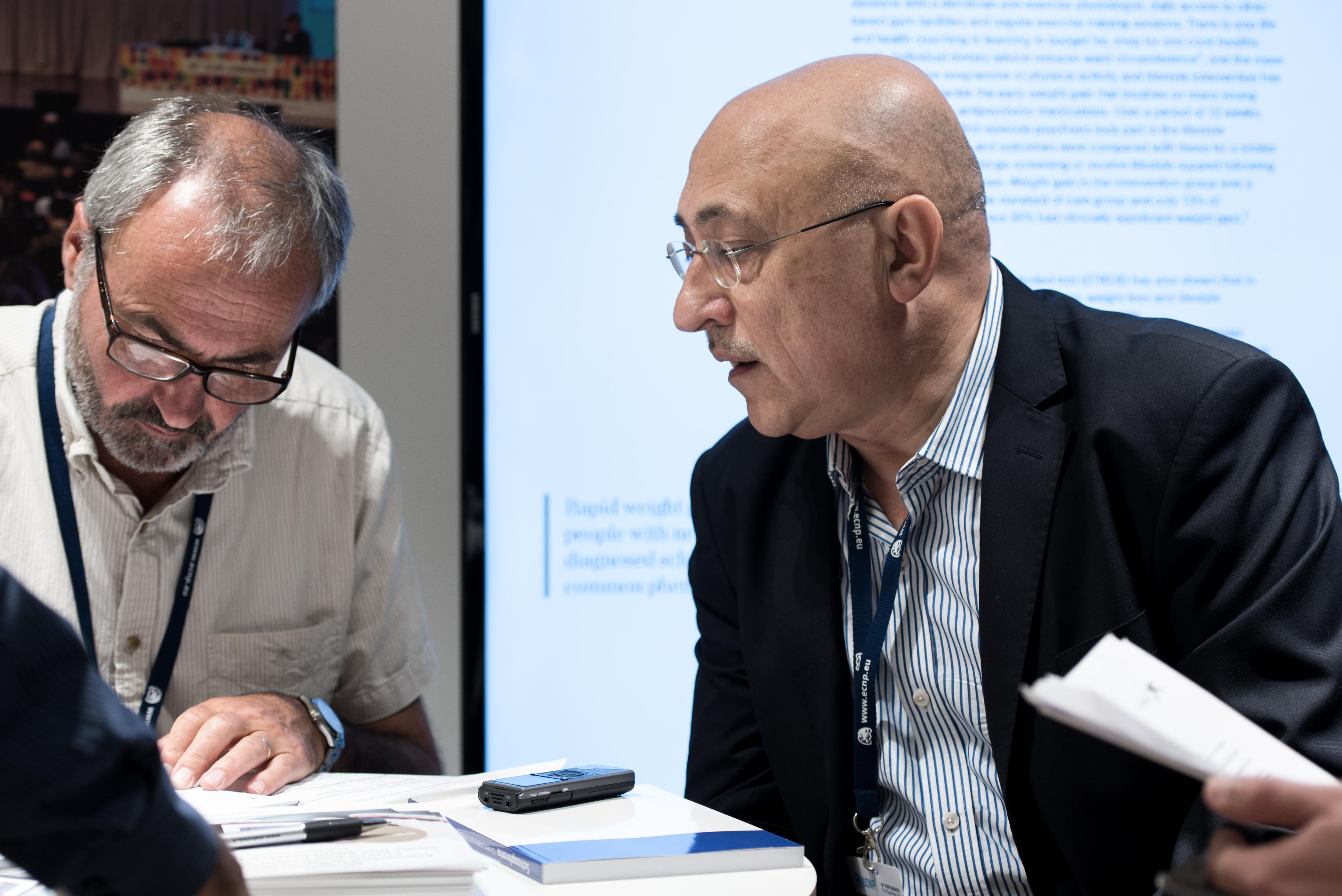How do you diagnose major depression (MDD)?
The initial interview takes 45 minutes to an hour. If I suspect major depression, I have a HAM-D scale handy and score the patient accordingly. But I also go by experience. If I come across retardation and dysfunction, inability to enjoy life and work properly, and – most seriously – if the patient is experiencing feelings of helplessness and hopelessness, then I’d diagnose MDD.
What are the most significant challenges facing the clinician?
The four to six weeks it takes for antidepressants to have a therapeutic effect. During that time we see the patient at least once a week to make sure they are taking their medication, to monitor side effects – and make adjustments, quickly if needed. We also aim to reduce the insomnia they may be experiencing, provide empathy and build trust. If there is significant risk of suicide, we may choose immediate hospitalisation.
Sometimes there is comorbid bipolar disorder or schizophrenia; and then we might have to use an antipsychotic or second generation neuroleptic as well.
An additional challenge we sometimes meet is when the patient does not have insight into their condition and decides not to continue treatment, or to use non-medical measures.
I have a HAM-D handy, but I also go by experience.
What are the most significant advances you have seen?
The expansion in psychopharmacology. We now have so many tools and can use combinations of antidepressants. There is also the possibility of transcranial stimulation. ECT has become more refined. And intensive cognitive behavioural therapy (CBT) helps in many cases.
How do you define remission?
We’ve learned from research scientists that a score of less than 7 on the HAM-D defines remission. But I look to the words of the patient. If I hear “I am myself again”, or “I feel alive again”, or “My life has restarted”, then I think the patient is in remission. I also look at their body language and their smile. And I see whether they have regained interest in their hobbies, and whether sleep and libido have returned to normal.
What is your opinion of combining pharmacological and psychotherapeutic approaches?
I trained in psychoanalytic psychotherapy for two years. But treatment is a long process, unless we use intensive therapy three times a week. Perhaps 5% of my patients choose it. A major problem of course is the expense and the fact that patients have to stick to a strict schedule.
Do you look for cognitive symptoms in depressed patients?
My view of cognition is wide. It includes the way one understands oneself and the world. Some patients see the negatives all the time. Others make self-defeating decisions. But there are also problems in concentration and memory, and patients who respond slowly and report problems in daily life. Or it may be their families who report this. I always look for such symptoms. In elderly patients who might have early dementia, I would check with the Mini-Mental State Exam, or even order an MRI scan.
Our correspondent’s highlights from the symposium are meant as a fair representation of the scientific content presented. The views and opinions expressed on this page do not necessarily reflect those of Lundbeck.




